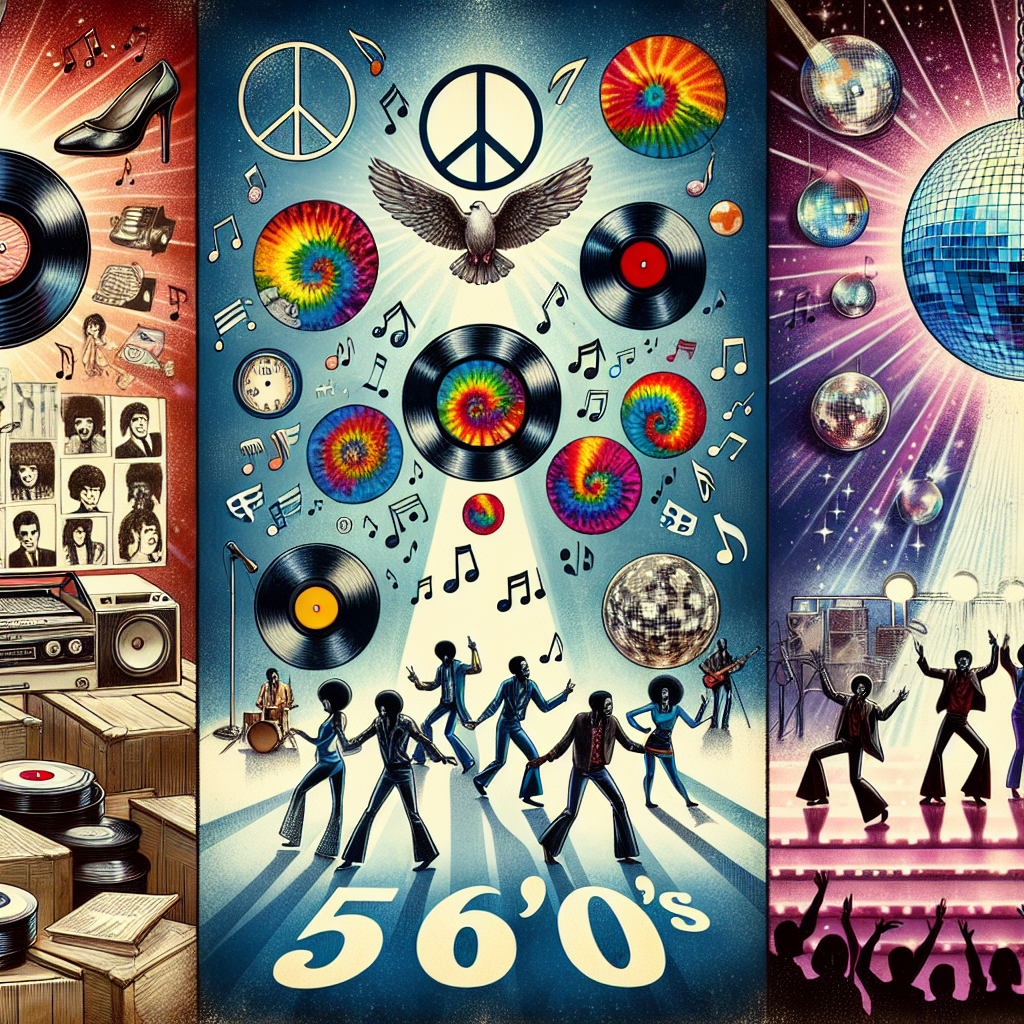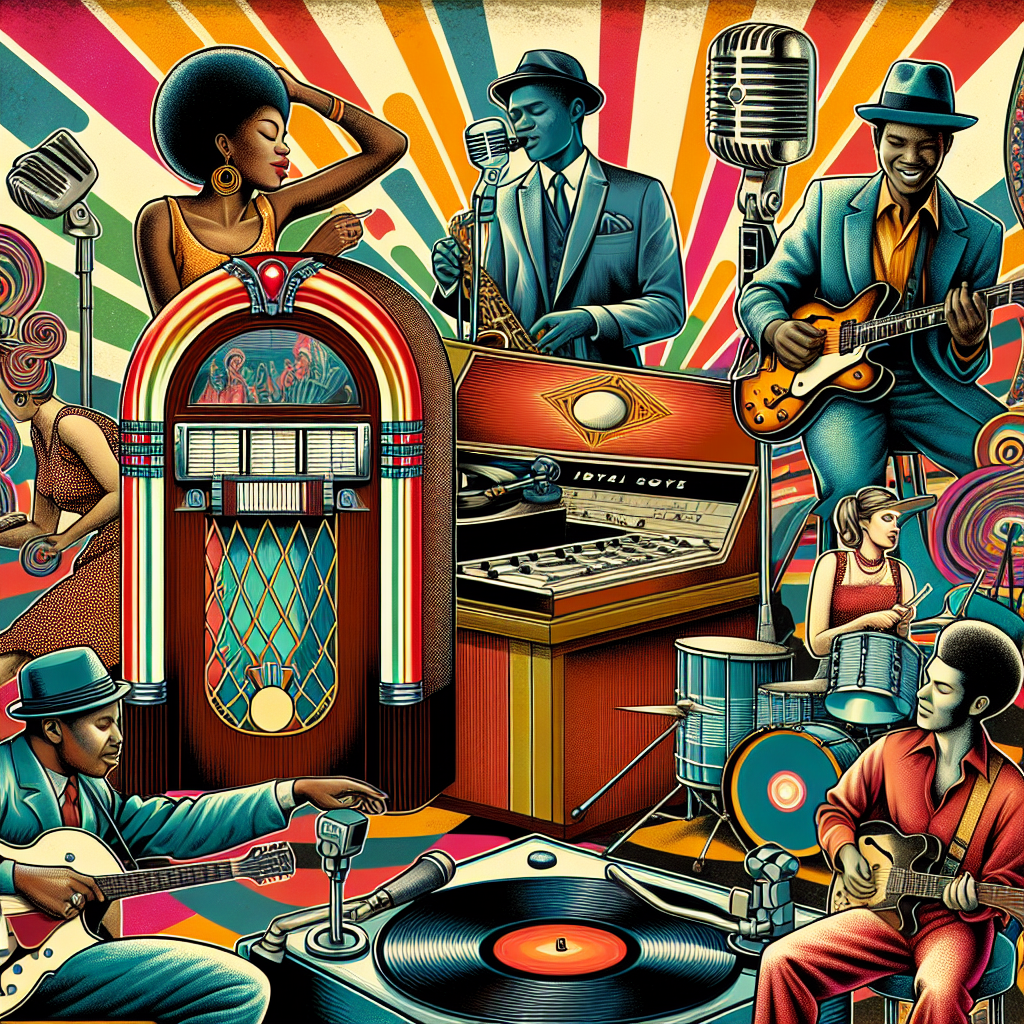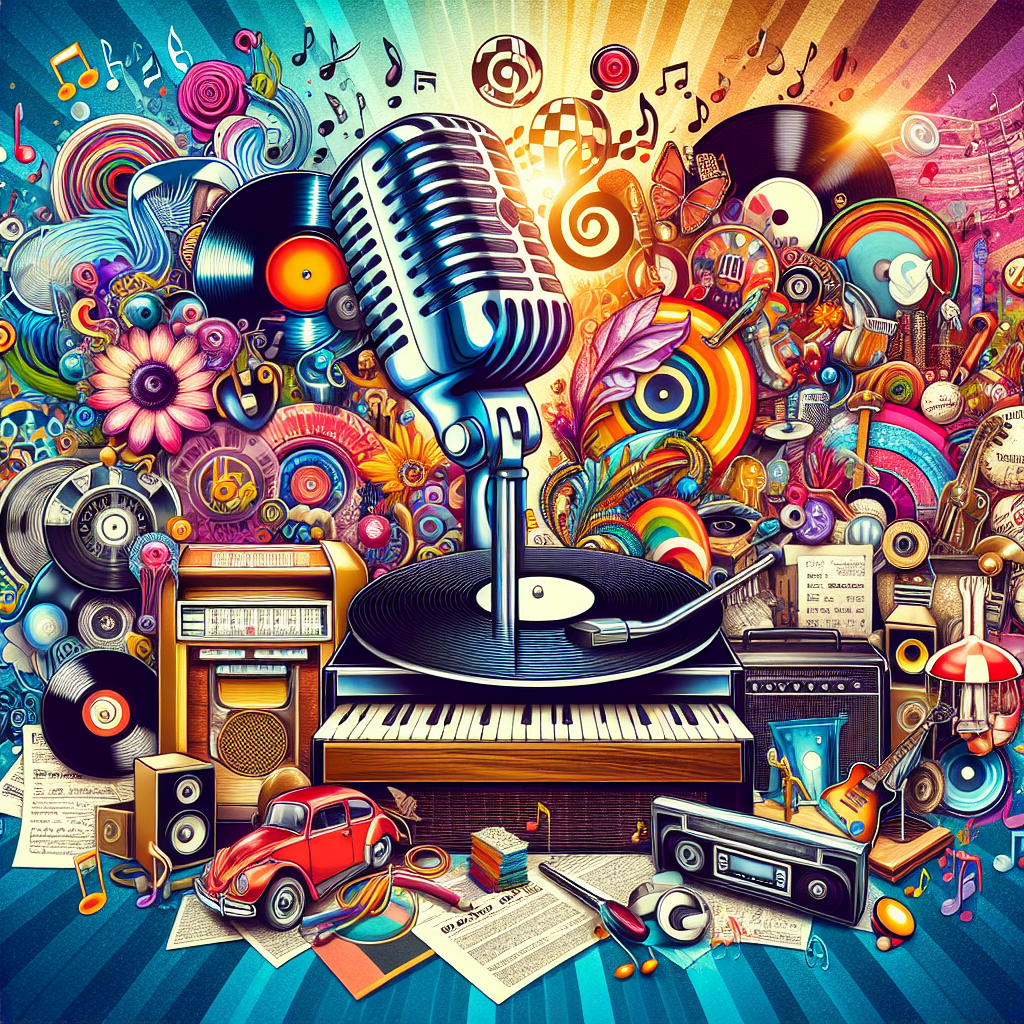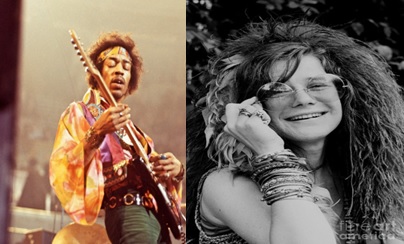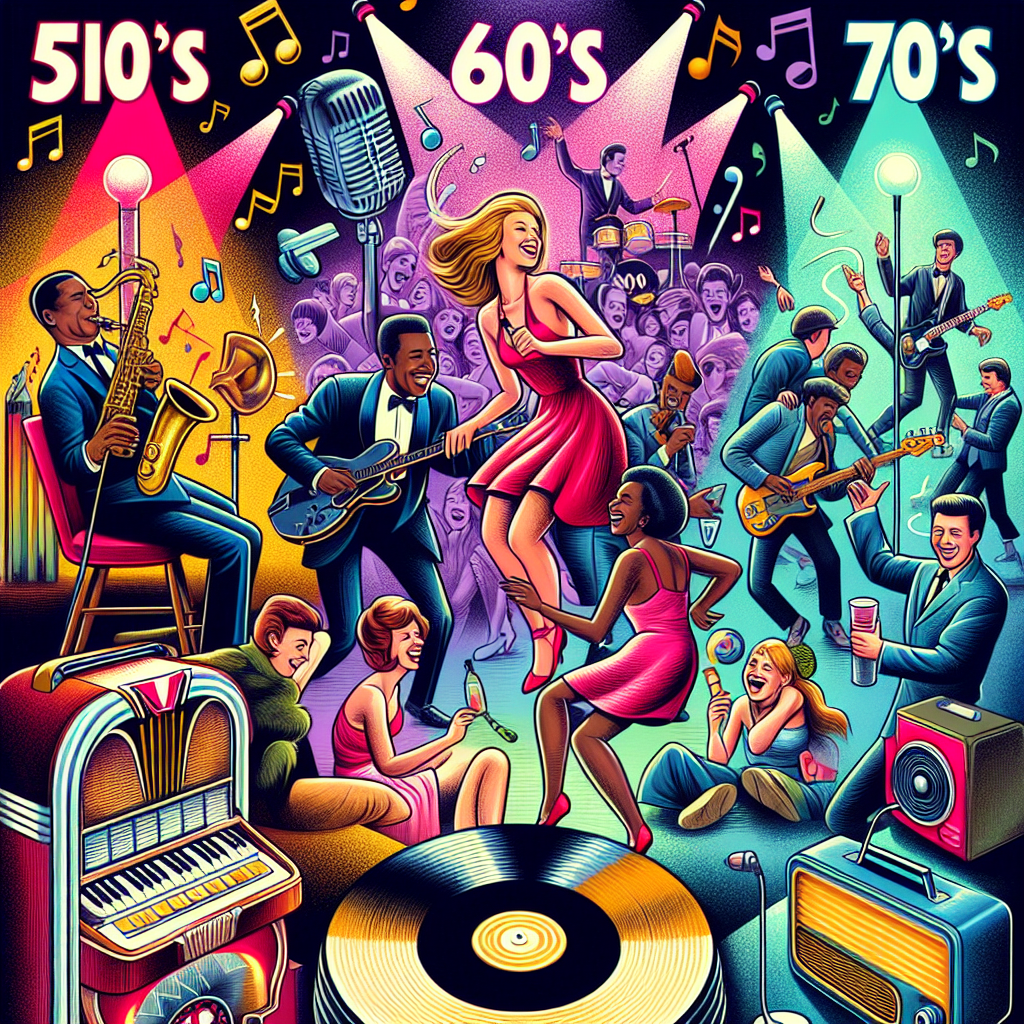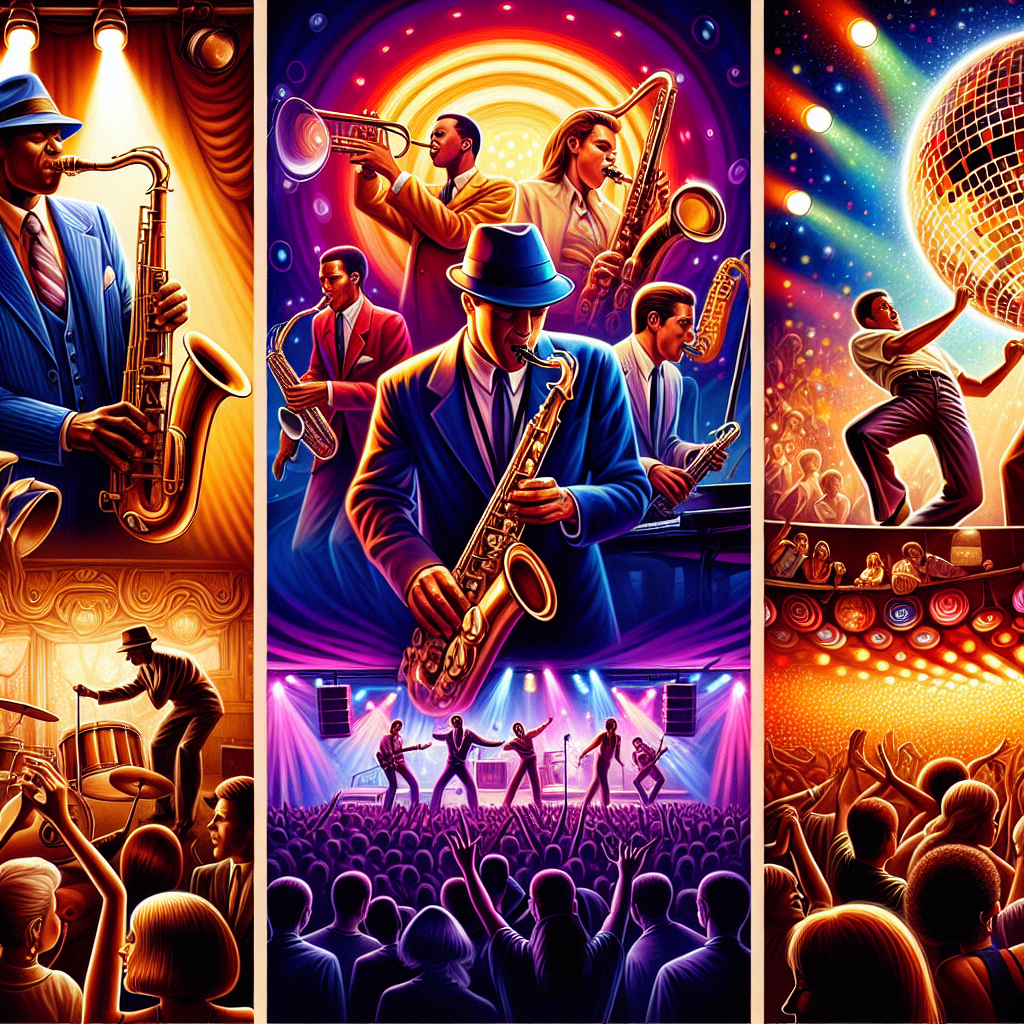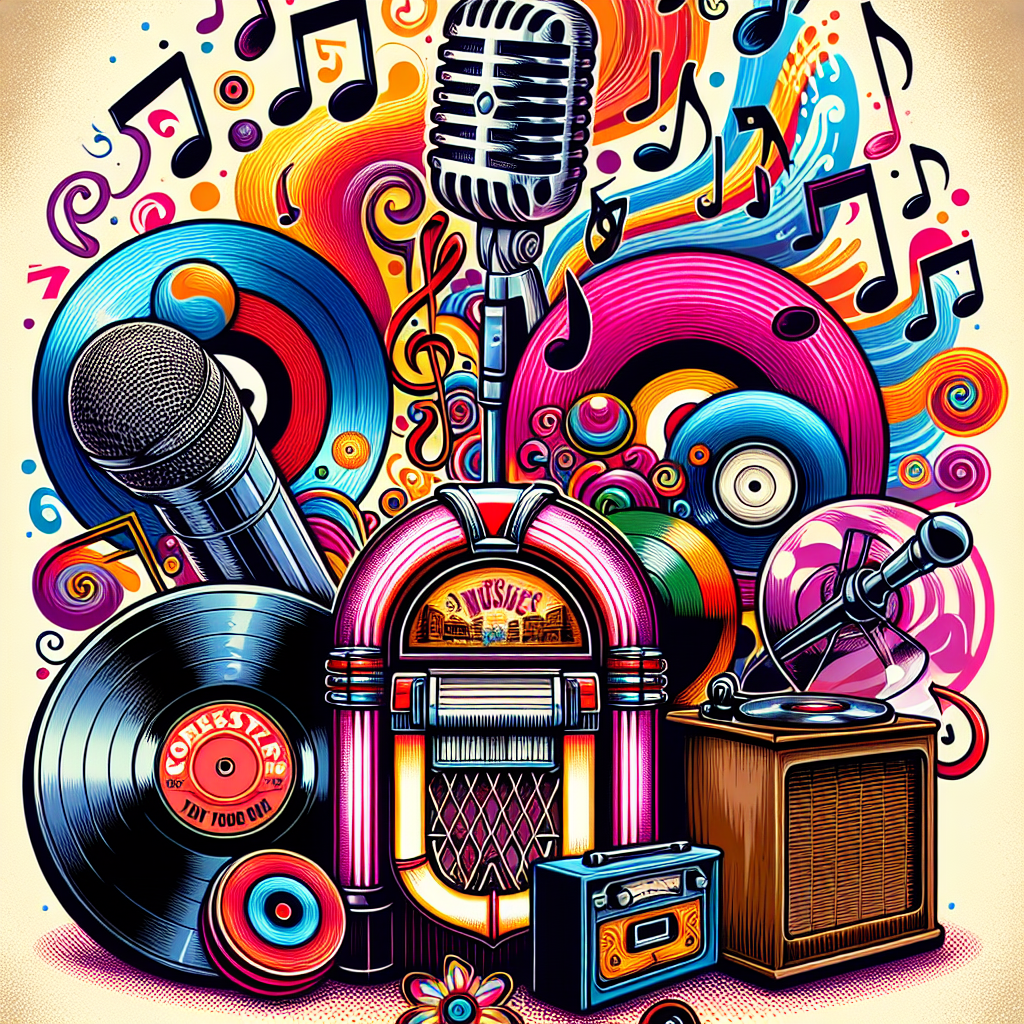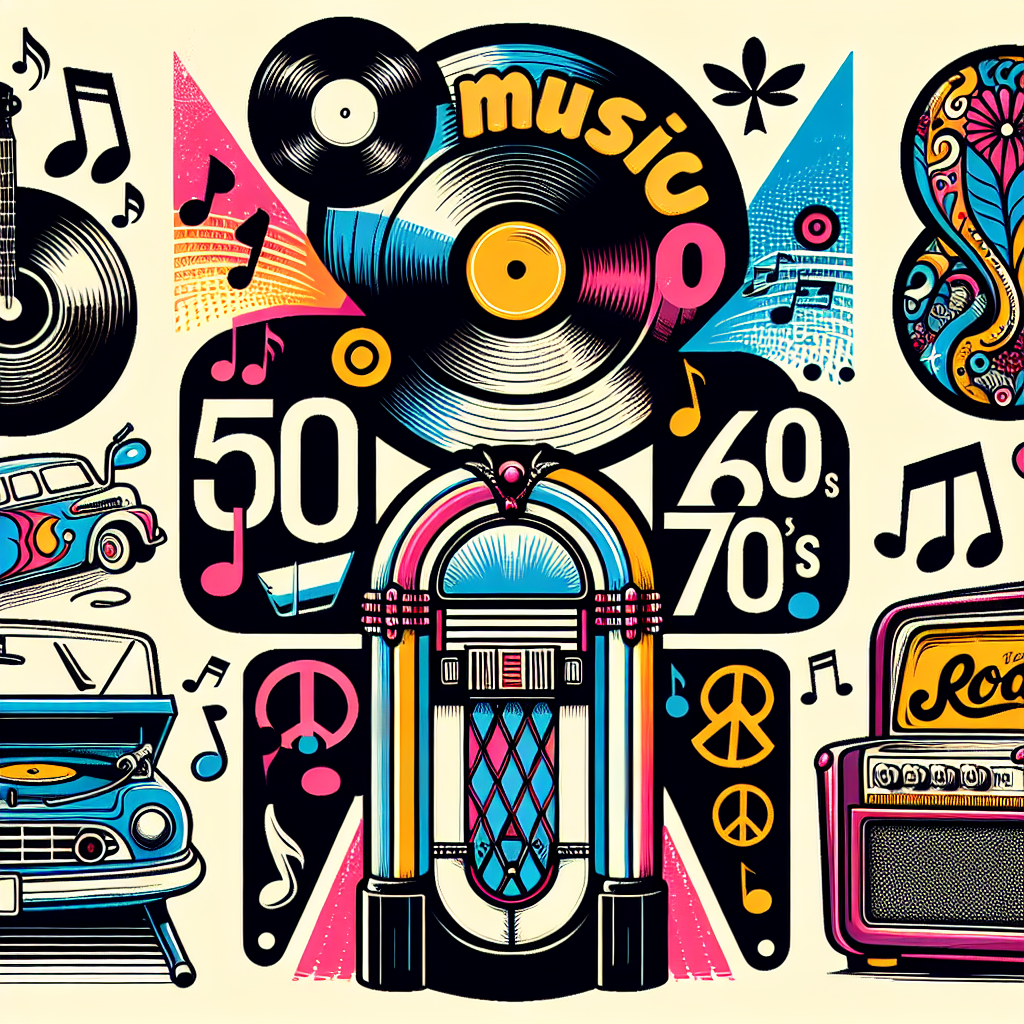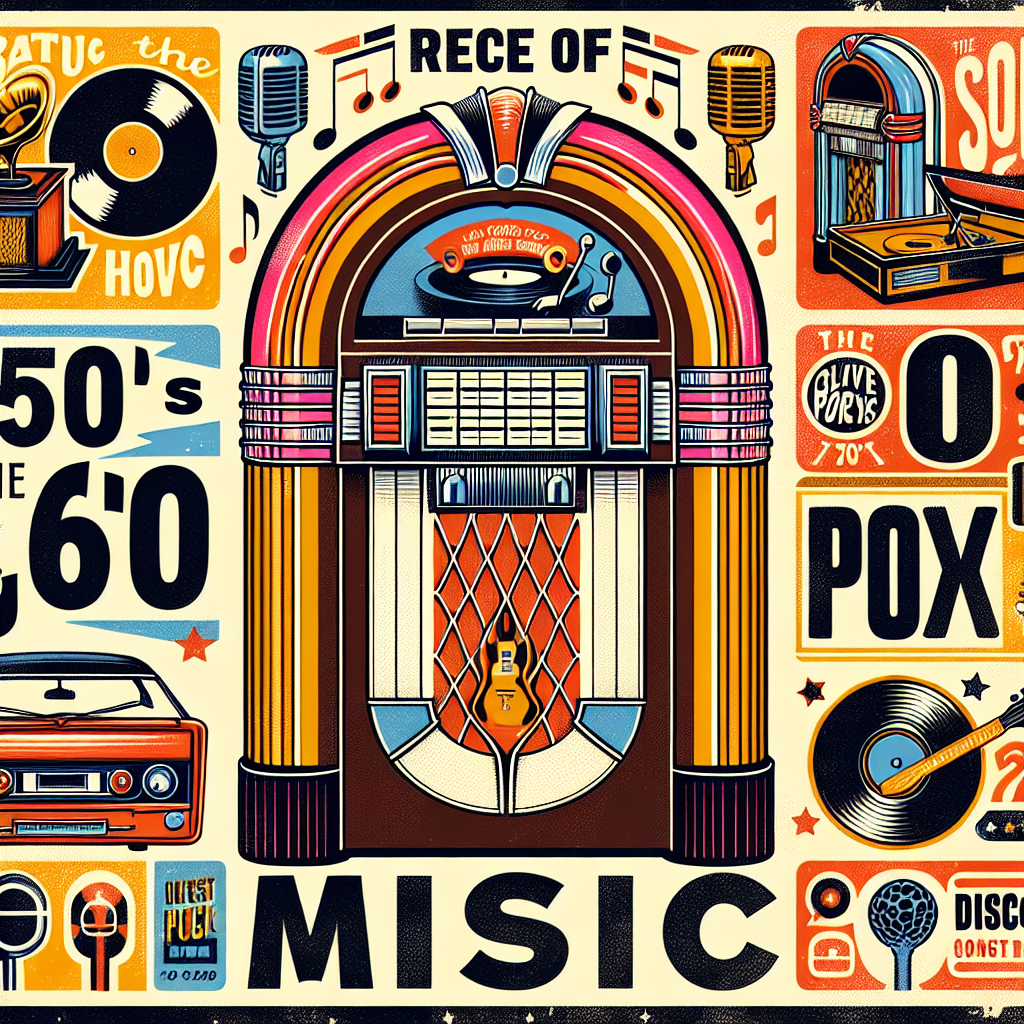When we think of the 1960s and 1970s, one of the first things that comes to mind is the incredible influence of Motown music. Motown Records, founded by Berry Gordy Jr. in Detroit in 1959, played a significant role in shaping the sound of popular music during this era.
One of the key ways that Motown influenced music during this time was through its unique blend of soul, R&B, and pop. Artists like The Supremes, Marvin Gaye, Stevie Wonder, and The Temptations all found success on the Motown label with their catchy melodies and smooth harmonies. These artists helped to define the sound of the 60s and 70s and continue to inspire musicians today.
But Motown’s influence wasn’t just limited to music – it also had a profound impact on culture as a whole. The label brought black artists into the mainstream at a time when segregation was still prevalent in many parts of America. Motown’s success helped to break down racial barriers and promote diversity in popular music.
In addition to breaking down racial barriers, Motown also had an impact on fashion during this time. The artists signed to the label were known for their stylish looks and glamorous stage presence. From The Supremes’ matching sequined gowns to Marvin Gaye’s sharp suits, Motown artists set trends that are still influencing fashion today.
Politically, Motown also played a role in shaping public opinion during this era. Many Motown artists used their platform to speak out against social injustices and advocate for civil rights. Songs like Marvin Gaye’s “What’s Going On” addressed issues like poverty, racism, and war, helping to spark important conversations about these topics.
Technologically speaking, Motown was also ahead of its time. Berry Gordy Jr. was one of the first record producers to invest in high-quality recording equipment and studio technology. This commitment to innovation helped Motown create its signature sound and set new standards for audio production in the industry.
Overall, it’s clear that Motown had a lasting impact on music, culture, politics, fashion, and technology during the 1960s and 1970s. The label’s influence can still be felt today in the music we listen to, the clothes we wear, and the conversations we have about social issues.
As we look back on this era in history, it’s important to recognize and celebrate the contributions that Motown made to our society. The label not only produced some of the most iconic songs of all time but also paved the way for future generations of musicians and activists.
